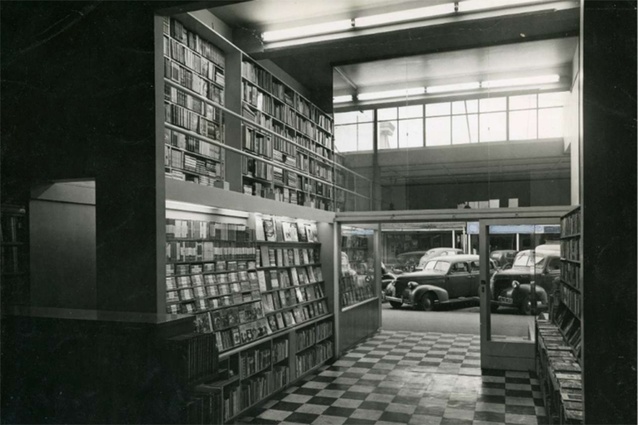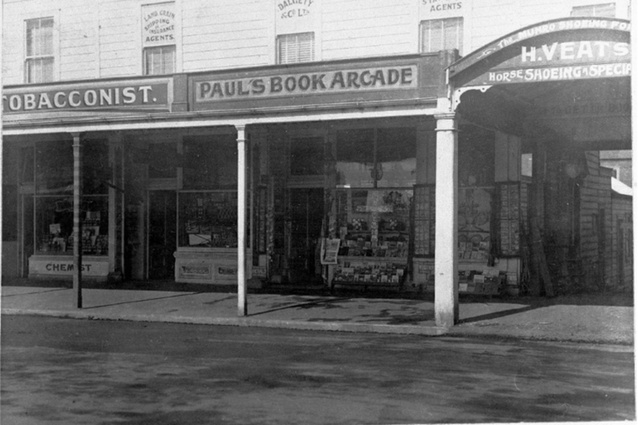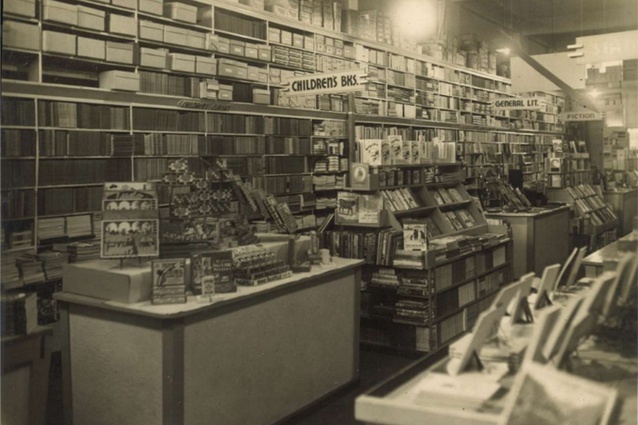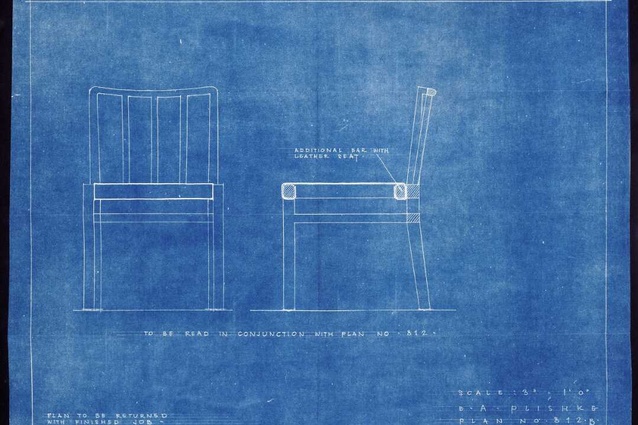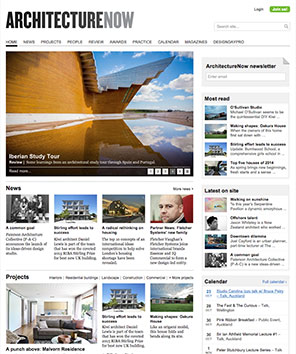Midcentury design sophistication: Paul’s Book Arcade
“The sort of design sophistication we were all in need of”, Ernst Plischke’s interior design for Paul’s Book Arcade (1949), Hamilton.
In 1949 a remarkable interior design for a Hamilton bookshop by Ernst Plischke was, according to the client, “the sort of design sophistication we were all in need of”. Paul’s Book Arcade played a pivotal role in Hamilton social circles in the 1940s, with the owner David Blackwood Paul (aka Blackwood) and his wife Janet Wilkinson, forming their own “centre of human enlightenment”. The Blackwood group of friends included painter Margot Phillips, who like Plischke, was a European refugee, painter, critic, and a writer for The Listener, Geoff Fairburn and his wife Jean (also an artist), as well as writer Alexander Gaskell Pickard.
Paul’s Book Arcade was established in Hamilton in 1901 by Blackwood’s father William Henry Paul. In 1933, Blackwood took over the management of the bookshop, reportedly as the result of a disagreement with his father, who by then was a powerful community leader. Paul’s local services were a more pressing concern, and so Blackwood inherited what was a “modest emporium” with the atmosphere of a general store. Blackwood would later transform Paul’s Book Arcade to such an extent that in 1949 the visiting English publisher Sir Stanley Unwin numbered the bookshop among the fourteen best in the world1, and one of the two best in New Zealand. So successful was the bookshop that in 1955 a further two stores were opened, each in Auckland. The first was located on Shortland Street, and the second on High Street, also designed by Plischke.
Plischke’s design for the bookshop was transformative in every possible sense. “The darkness of pre-war Hamilton… [was] deliberately blown away”2. There were large glass doors that rolled back with high glass above them, walls were painted in Naples yellow and pale blue, the ceiling terracotta, and elegant white lampshades hung in clusters. The floor was in large black and white tiles, a trademark of Plischke, which gave the illusion of space in what was an impossibly narrow and deep building. Bright colours, rich wooden textures, and custom-designed furniture provided an air of sophistication that set the shop apart from its competitors.
The design for the bookshop mirrored the client’s high standard of design and production; attributes which enabled their publishing business, launched in 1945, to achieve enormous success. During the 1950s and for some decades later, Paul’s Book Arcade was better recognised for what it was in London than in Hamilton3.
The Blackwood social circle would have a lasting and far‐reaching influence on the mid‐century architecture of Hamilton. Connections with local artists and groups such as the Waikato Society of Arts, allowed a seamless flow of European‐inspired modernist ideals to inform Hamilton’s new architecture, interior design, and cultural landscape.
References
1. Hughes, “David Blackwood”
2. Jeanette Ward and Barbara Rogers, “An Experience of Bookselling” in Landmarks in New Zealand Publishing,
Blackwood and Janet Paul 1945- 1968, National Library Gallery, Wellington, 1995. p22
3. Paul, M. Landfall, 1991. p415
Above is an abridged version of a paper by Matthew Grant (2024).
The full reading is available to view here.

